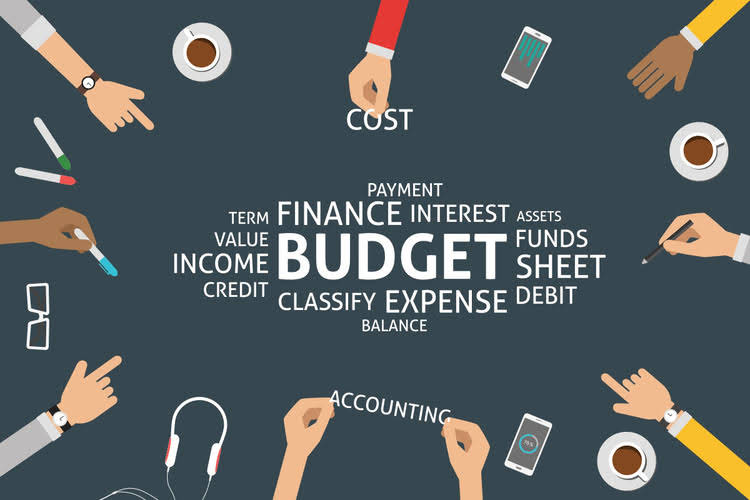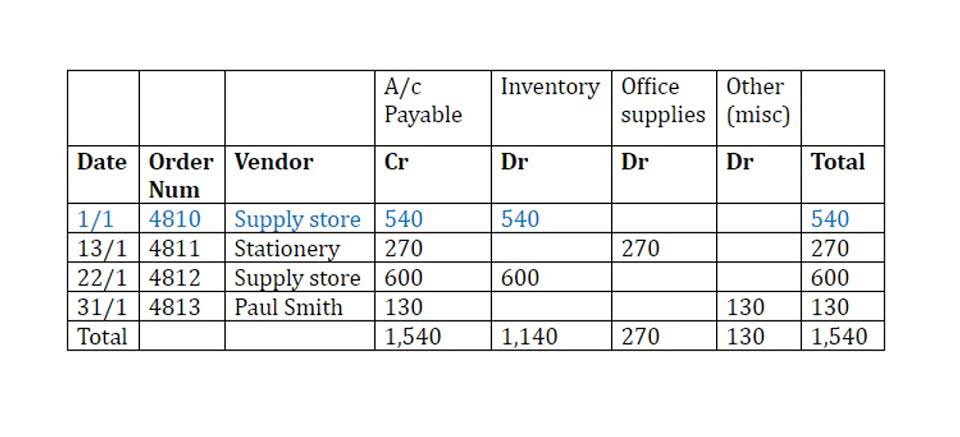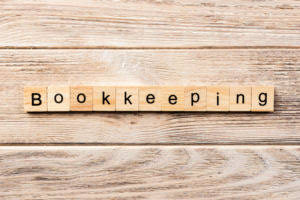
This aggressive depreciation method allows businesses to maximize deductions retained earnings early on for assets that lose value quickly. In summary, when employing the double declining balance method, accountants should be aware of mid-year depreciation adjustments and the impact of the time-value of money on a company’s finances. By understanding these advanced considerations, the DDB method can be applied effectively to ensure an accurate representation of an asset’s depreciation and its financial impact over time.
We help eCommerce businesses master their finances.

For example, if the fixed asset management policy Partnership Accounting sets that only long-term asset that has value more than or equal to $500 should be recorded as a fixed asset. Those that have value less than $500 should be recorded as expenses immediately. In this case, when the net book value is less than $500, the company usually charges all remaining net book balance into depreciation expense directly when it uses the declining balance depreciation. However, the company needs to use the salvage value in order to limit the total depreciation the company charges to the income statements. In other words, the depreciation in the declining balance method will stop when the net book value of the fixed asset equals the salvage value.
- This not only provides a more realistic representation of an asset’s condition but also yields tax benefits and helps companies manage risks effectively.
- In the 7-year class, that transition occurs in year 5, just as we had determined in Example 1.
- Then come back here—you’ll have the background knowledge you need to learn about double declining balance.
- The Units of Output Method links depreciation to the actual usage of the asset.
- This is because, unlike the straight-line method, the depreciation expense under the double-declining method is not charged evenly over the asset’s useful life.
How Much Does a CPA Cost?

So, depreciation refers to the “using up” of a fixed asset and to the process of allocating the asset’s cost to expense over the asset’s useful life. In accounting, the “using up” of a fixed asset is also referred to as depreciation. For example, a delivery truck can only go so many miles before it is worn out, or used up.

Middle Years Depreciation
- Suppose you have a company car that costs $100,000, has a useful life of 10 years, and a salvage value of $10,000.
- Each year, apply this rate to the remaining undepreciated balance of the asset.
- Unlike straight-line depreciation, we don’t apply the percentage (40% in our example) to the total purchase price of the asset every year—just the first year.
- Tables for the longer classes are similar, but with slightly different assumptions.
- To calculate depreciation using the DDB method, you first determine the straight-line depreciation rate by dividing 100% by the asset’s useful life in years.
Depreciation expense under the declining balance is calculated by applying the depreciation rate to the book value of the asset at the start of the period. Implementing the double declining balance depreciation method can have implications on a business’s cash flow and planning. While the DDB method does not directly impact cash flow, the lower taxable income in the early years can result in lower tax liabilities, effectively improving the company’s cash position.

Double-Declining Balance (DDB) Depreciation Formula
Using Excel’s DDB function, the depreciation values for each year are automatically calculated, making it easier for accountants to track and manage asset depreciation for various types of fixed assets. Under the double-declining balance method, the depreciation schedule is double declining balance example altered in the final years to prevent the asset from being depreciated below the residual value. However, when the depreciation rate is determined this way, the method is usually called the double-declining balance depreciation method. Though, the double-declining balance depreciation is still the declining balance depreciation method. This gives you the annual depreciation rate if you were using the straight-line method. Owning assets in a business inevitably means depreciation will be required since nothing lasts forever, especially for fixed assets.
- Double declining balance depreciation isn’t a tongue twister invented by bored IRS employees—it’s a smart way to save money up front on business expenses.
- A double-declining balance method is a form of an accelerated depreciation method in which the asset value is depreciated at twice the rate it is done in the straight-line method.
- At the beginning of the second year, the fixture’s book value will be $80,000, which is the cost of $100,000 minus the accumulated depreciation of $20,000.
- Our editorial team independently evaluates products based on thousands of hours of research.
- (An example might be an apple tree that produces fewer and fewer apples as the years go by.) Naturally, you have to pay taxes on that income.